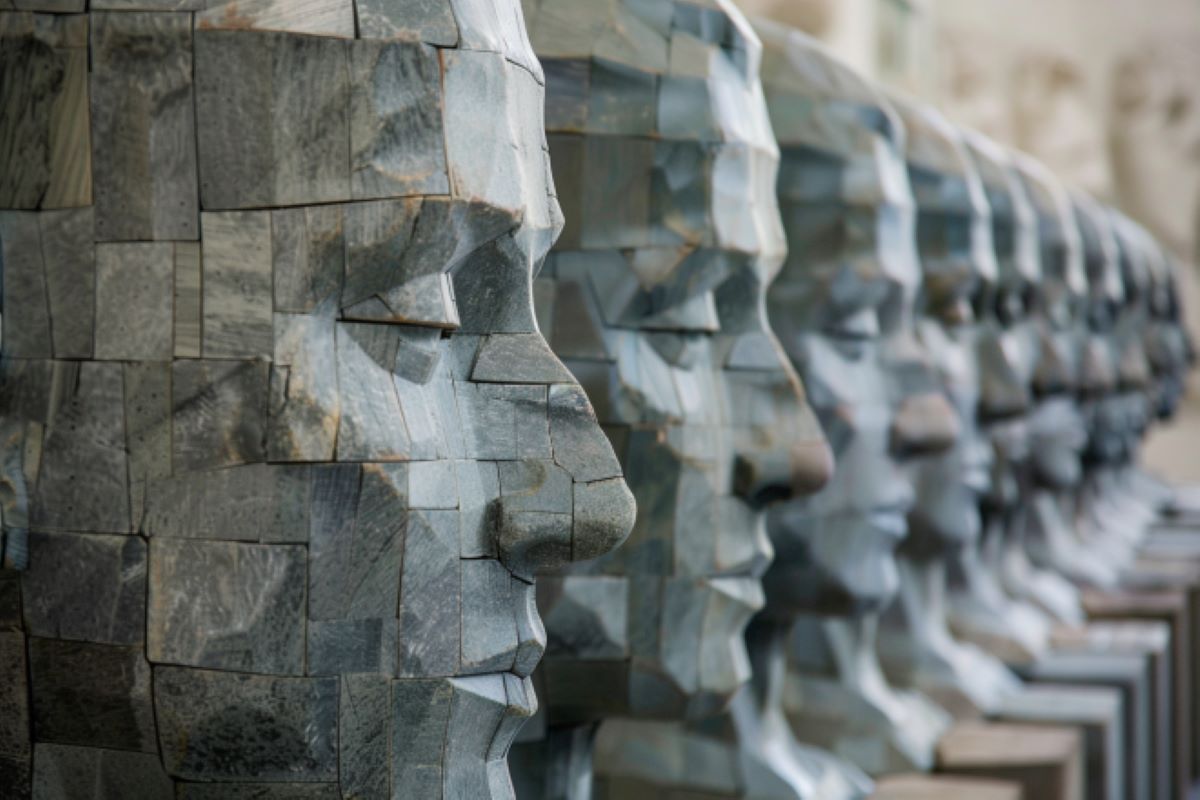Summary: A new study reveals that repetitive practice not only improves skills but also induces significant changes in the brain’s memory pathways. The research shows how training mice to recall odor sequences led to stable memory representations in the secondary motor cortex.
These findings enhance understanding of learning and memory and could inform treatments for memory-related disorders. The study used a novel microscope to track neural activity in up to 73,000 neurons.
Key Facts:
- Memory Solidification: Repetitive practice stabilizes memory patterns in the brain.
- Novel Technique: Researchers imaged 73,000 neurons to observe changes in memory circuits.
- Implications: Insights could help address memory-related disorders.
Source: UCLA
A new study led by UCLA Health has shown that repetitive practice not only is helpful in improving skills but also leads to profound changes in the brain’s memory pathways.
The research, published in the journal Nature and co-led by Rockefeller University, sought to unravel how the brain’s ability to retain and process information, known as working memory, improves through training.
To test this, researchers tasked mice with identifying and recalling a sequence of odors over the course of two weeks.
Researchers then tracked neural activity in the animals as they practiced the task by using a novel, custom-built microscope that can image cellular activity in up to 73,000 neurons simultaneously throughout the cortex.
The study revealed a transformation in the working memory circuits located in the secondary motor cortex as the mice repeated the task through time. As the mice were first learning the task, the memory representations were unstable.
However, after repeatedly practicing the task, the memory patterns began to solidify or “crystalize,” said corresponding author and UCLA Health neurologist Dr. Peyman Golshani.
“If one imagines that each neuron in the brain is sounding a different note, the melody that the brain is generating when it is doing the task was changing from day to day, but then became more and more refined and similar as animals kept practicing the task,” Golshani said.
These changes give insights into why performance becomes more accurate and automatic following repetitive practice.
“This insight not only advances our understanding of learning and memory but also has implications for addressing memory-related disorders,” Golshani said.
The work was performed by Dr. Arash Bellafard, project scientist at UCLA in close collaboration with Dr. Alipasha Vaziri’s group at Rockefeller University.
About this memory and neuroscience research news
Author: Will Houston
Source: UCLA
Contact: Will Houston – UCLA
Image: The image is credited to Neuroscience News
Original Research: Open access.
“Volatile working memory representations crystallize with practice” by Peyman Golshani et al. Nature
Abstract
Volatile working memory representations crystallize with practice
Working memory, the process through which information is transiently maintained and manipulated over a brief period, is essential for most cognitive functions. However, the mechanisms underlying the generation and evolution of working-memory neuronal representations at the population level over long timescales remain unclear.
Here, to identify these mechanisms, we trained head-fixed mice to perform an olfactory delayed-association task in which the mice made decisions depending on the sequential identity of two odours separated by a 5 s delay.
Optogenetic inhibition of secondary motor neurons during the late-delay and choice epochs strongly impaired the task performance of the mice.
Mesoscopic calcium imaging of large neuronal populations of the secondary motor cortex (M2), retrosplenial cortex (RSA) and primary motor cortex (M1) showed that many late-delay-epoch-selective neurons emerged in M2 as the mice learned the task.
Working-memory late-delay decoding accuracy substantially improved in the M2, but not in the M1 or RSA, as the mice became experts.
During the early expert phase, working-memory representations during the late-delay epoch drifted across days, while the stimulus and choice representations stabilized.
In contrast to single-plane layer 2/3 (L2/3) imaging, simultaneous volumetric calcium imaging of up to 73,307 M2 neurons, which included superficial L5 neurons, also revealed stabilization of late-delay working-memory representations with continued practice.
Thus, delay- and choice-related activities that are essential for working-memory performance drift during learning and stabilize only after several days of expert performance.

Rachel Carter is a health and wellness expert dedicated to helping readers lead healthier lives. With a background in nutrition, she offers evidence-based advice on fitness, nutrition, and mental well-being.







